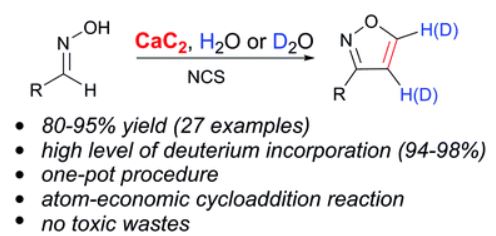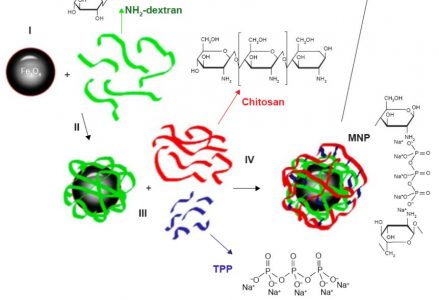Y.M. Zhukov, M.G. Shelyapina, I.A. Zvereva, A.Y. Efimov, V. Petranovskii
“Microwave assisted versus convention Cu2+ exchange in mordenite”
Microporous and Mesoporous Materials, 2018, 259, 220-228
DOI:10.1016/j.micromeso.2017.10.013
Sodium mordenite was Cu2+-exchanged by conventional methods at ambient temperature (accepted as 20 °C) and with microwave radiation at 100 ± 1 °C. To increase the copper content, we repeat the exchange procedure several times. Both the degree of Cu2+ exchange and the environment of the Cu2+ ions depend on the method of exchange. Neither conventional, nor microwave methods do not destruct the topology of mordenite framework. XRD pattern of the mordenite persists, but slight elastic deformation and some dealumination of the surface layer occurs. For all the studied samples, all the copper ions are in Cu2+ state, neither Cu1+ nor Cu0 were detected. All the copper ions play the role of charge-balancing counter-cations. Their placement into the interior of zeolite causes the channel contraction due to electrostatic interactions of double charged cations with [AlO4]δ– units. The increase of copper content is accompanied by increasing of number of water molecules per unit cell. In fully hydrated samples the copper cations are effectively separated from the zeolite framework and are fully surrounded by a water ligand shell.








